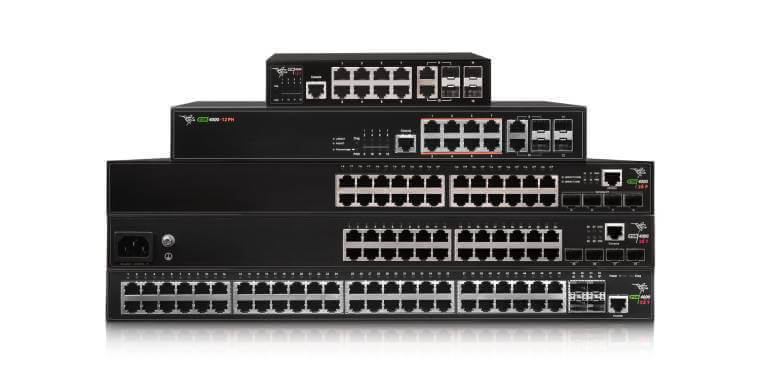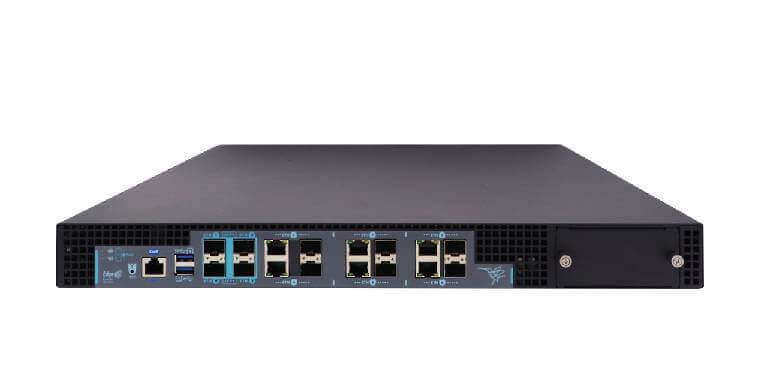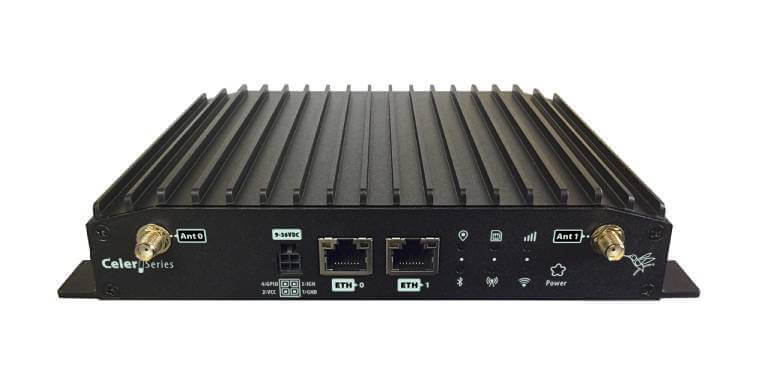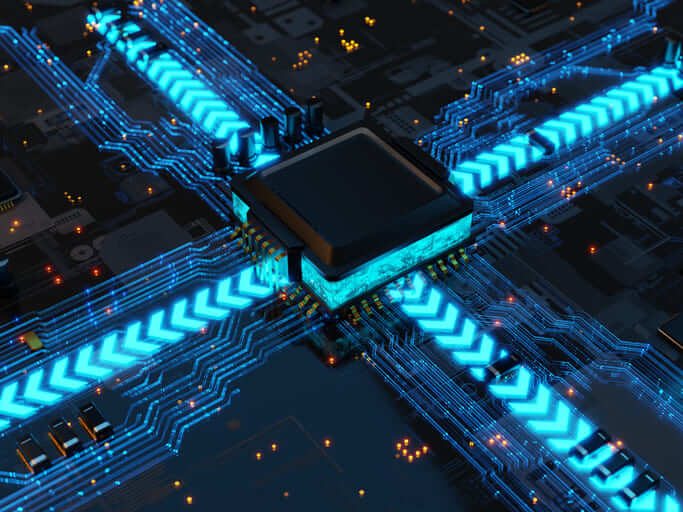In the telecom world innovation has taken the spotlight, opening the doors to new protocols, cutting-edge features, ambitious capabilities like 5G, NGFW, etc. Yet behind the scenes, there’s a less glamorous, but equally vital actor: the robust hardware supporting all these technologies.
Modern network devices nowadays promise more than ever, but these promises are only as good as the components that support them. A router may advertise different technologies such as 5G connectivity, advanced VPN capabilities or the latest Wi-Fi versions, but if the CPU can’t handle high throughput or concurrent sessions, the user experience will suffer and may end up generating serious data losses.

Key Throughput Bottlenecks of Latest Technologies
There are a series of aspects that could cause bottlenecks when latest technologies are applied in different scenarios here are a few that have been pin-pointed.
CPU
The CPU is probably one of the most critical factors when we are trying to analyze and improve throughput performance of a device. It needs to have enough processing power to handle different routing tasks. A product may have a hardware capable of receiving great amounts of data but if the CPU choice isn´t aligned to the time/necessities of the client, the product will not be capable of processing those amounts of packets.
Port Bandwidth
One of the simplest ways to determine if a product can handle the promised technologies and throughput is by examining the ports available on the device. If the customer intends to achieve high performance by connecting devices to the router via these ports, the first potential bottleneck could arise from the capacity of the ports themselves.
RAM
Additionally, it is important to mention that having sufficient RAM is essential for managing the routing tables stored in the router, and for maintaining packet buffers during transit. This allows the device to hold packets when network congestion occurs, minimizing packet loss and the need for retransmission.
A router with low RAM memory running different services required in today´s technologies such as Deep Packet Inspection (DPI), Quality of Service (QoS) and Firewall, may end up generating a downgrade on the throughput performance of the router. Even when we are talking about managing simultaneous sessions, low RAM capacities generate an early saturation even though the device may use a capable CPU.
Throughput not as a Spec – As a Network Design Constraint
Even though throughput may not be a critical factor when designing the correct functioning of a network, there are many industries in which this element is considered as a key factor because of its dense requirements such as large data management, high security requirements, edge applications, etc. There are some scenarios that group all these situations in which optimal throughput is necessary to work correctly, and it is important to differentiate correctly what every industry requires:
Industrial Automation & Smart Factories
These are industries that normally require real-time communication with several devices such as PLC´s, sensors, automation robots and SCADA systems where the telecommunication´s infrastructure handles a high volume of small packets with a low latency tolerance. Any downgrade in performance ends up generating production delays, synchronization losses and control loop failures.
Energy and Utilities
Even though these environments don´t handle raw throughput in serious amounts, they sometimes handle a great number of concurrent sessions, real time data monitoring and total liability. For this type of environment, choosing the wrong device to handle communications may result in failures affecting critical sectors. Factors such as the number of parameters, critical latency and number of simultaneous clients supported, are the critical factors.
In-Vehicle communications
In-vehicle communications also require correct hardware corresponding to the environment necessities. Throughput takes a great role in this scenario because normally in-vehicle communications receive real time video surveillance (IP camera streams), passenger information systems such as ticketing and signage, GPS/location telematics, public Wi-Fi services (which may include streaming), etc.
When throughput isn´t sufficient with onboard communications, the users may experience camera freezes, disconnections from the central control, poor user experience with the services and loss of the fleet location (which may be critical in some cases). Here, a high data volume must be handled (Mbps), high session concurrency cases are very common and there must be reliable management of VPN, traffic segmentation and QoS enforcement.
Conclusions on Robust Hardware
As network demands continue to grow, it’s essential to move beyond feature checklists and evaluate the actual performance backbone/hardware. Throughput, far from being just a technical spec, should be treated as a critical design factor aligned with the real needs of each deployment scenario.
At Teldat, we place strong emphasis on this approach, ensuring our portfolio matches the requirements of each vertical market, whether it’s industrial automation, energy, or in-vehicle communications.
Sources:
https://www.techtarget.com/searchnetworking/definition/bottleneck
https://dev.to/devcorner/system-throughput-a-deep-dive-into-performance-metrics-calculation-and-influencing-factors-254d
https://networkengineering.stackexchange.com/questions/63779/how-do-cpu-and-ram-affect-a-routers-performance


























